- Home
- Joan Smith
Petticoat Rebellion
Petticoat Rebellion Read online
PETTICOAT REBELLION
Joan Smith
Chapter One
When Miss Slatkin summoned one of her schoolmistresses to her office, the victim went trembling. Now, as Abbie Fairchild walked down the dim corridor to answer such a summons, she ransacked her mind, trying to discover how she might have displeased her employer. There had been an altercation regarding the quantity of paper used, but Slats, as her charges called Miss Slatkin behind her back, had already reprimanded her for that. Abbie was only a day mistress, teaching art to the young ladies at the academy five days a week. She consoled herself that if she were to be turned off, at least she had a home to go to.
Each morning at a quarter to nine, she left home and was accompanied the three blocks to the academy through the dangerous thoroughfares of residential Maidstone by a footman. At four o’clock, he was waiting to accompany her home. The income from her work, while negligible, gave her a modicum of independence. Of equal importance, it allowed her to escape for a few hours the stifling atmosphere of her uncle’s house.
Colonel Fairchild’s heart was in the right place, but his interests occupied an extremely narrow channel. And his interest was the battle of Mysore.
He knew it intimately, the way a clock maker knows the workings of a watch. Abbie had relived that battle on the undulating Deccan plateau in southern India with her uncle so many times that she knew all the ins and outs of it. Countless times she’d been told how, while the English had been losing the American colonies, Warren Hastings—and Colonel Fairchild, of course—had kept the Indian empire intact for the crown. She was familiar with the limitations of the Treaty of Mangalore, which had eventually terminated the battle. And she knew as much about the cause of the strife, the wily Hyder Ali, as she knew about her hero, Leonardo da Vinci—in fact, a good deal more.
Half an hour after she entered Miss Slatkin’s lair, she emerged with an expression caught between a frown and a thrill of anticipation. The frown was due to her uncle’s habitual reluctance to part with her; the thrill was the prospect of a week at Penfel Hall. It would be a week in paradise! She had toured the great house three times with her uncle.
Her particular goal on the first visit had been the fabulous art gallery that held, among its myriad treasures, a painting of a fifteenth-century lady reputed to be an early da Vinci. It was on that visit that a chance remark of the guide told her of the da Vinci cartoons, which were, unfortunately, not on view to the public. These were preliminary sketches in pastel or charcoal on paper, some of which had eventually resulted in paintings, some of which had gone no further than the sketch.
She had written to Lord Penfel, asking for permission to view the cartoons. A month later his secretary, Mr. Singleton, had answered that his lordship regretted he could not oblige her, because the cartoons were too fragile to be handled by the public. A second request, written on stationery from Miss Slatkin’s Academy and signed “Miss Abigail Fairchild, Art Teacher,” had been answered more promptly, but no more helpfully. His lordship was not at home, but the policy at Penfel Hall was that only serious artists were invited to view the fragile artworks. Although Mr. Singleton did not say so, she read between the lines that only gentlemen were serious artists. She would have claimed to be Thomas Lawrence if she were a man. As she was only a lady, she had regretfully given up applying, but she had not given up hoping.
And now her hopes were answered. She was to be at Penfel Hall for a week as a guest, and she would finally see those treasures—even if she had to steal the key and knock a guard on the head with a poker to achieve it.
Her uncle seldom surprised her, but on that fateful afternoon, he absolutely astonished her.
“Excellent!” he cried, when she told him. “A week at Penfel Hall, you will enjoy that, Abbie. And it will just suit me. Major Thomas, my old army friend from India—we fought at Mysore together—has invited me to visit him in London.” He gave her a warm smile and said foolishly, “You would be bored in London.” Bored! How often had she urged him? But the thirty-five-mile trip in a well-sprung carriage only to see the great masterpieces of painting at Somerset House and the British Museum was not to be thought of. Nothing less than a resurrection of Mysore could accomplish it.
“It seems old Thomas is writing a book about the Mysore campaign and wants me to give him a hand,” the colonel continued. “Thomas was not on the front line. There are a good many stories I can tell him. Oh, my, yes. I will never forget when Hyder Ali landed the first rocket in on us. It was like fire falling from heaven. I remember ...”
While Colonel Fairchild remembered his glory days, Abbie nodded and smiled and said “Oh, my!” in all the correct places, and thought her own thoughts.
Miss Slatkin had explained that the visit was due to the annual spring holiday, when most of the girls would be returning home for a week. Lady Susan Anthrop’s family, however, were not at their ducal home, Wycliffe. They were visiting Dugal Castle, one of their other estates in Scotland. Miss Slatkin had naturally offered to allow Lady Susan to remain at the academy, but the duchess had other ideas. Her cousin, the dowager Lady Penfel, had invited Lady Susan along with “a few friends” to stay with her at nearby Penfel Hall. Of course, one of their mistresses must accompany the young ladies. Miss Slatkin immediately chose Miss Fairchild as the most socially acceptable of her mistresses, and the likeliest to have suitable clothes.
“Her Grace perhaps hopes to forward a match between Lady Susan and Lord Penfel, but her timing is off,” Miss Slatkin confided. “I read in the social column that Lord Penfel is on the verge of offering for Lord Peevey’s daughter. He is visiting her at Lewes. Just as well,” she added, with a knowing nod. “I would dislike to see three of my girls pitched into that gentleman’s house if he were in residence. Quite a way with the ladies, one hears, and his mama, you know, is a widgeon. One could not count on Lady Penfel to keep him under control, and he is so handsome I make no doubt Kate and Annabelle would fall under his spell.”
Miss Slatkin kept close track of all the noble bachelors. It was a point of pride when one of her graduates landed a title, but it was not such rascals as the dashing Lord Penfel with whom she wished her ladies to be associated. Abigail had never seen Lord Penfel, though she had heard rumors of him from the older girls. She was happy to learn he would not be at the Hall to make access to the cartoons difficult.
Lady Susan had chosen Kate Fenshaw and Annabelle Kirby to accompany her. Kate was a lively girl who had made herself a great favorite with all the students. Annabelle’s papa was a wealthy brewer, second only to Samuel Whitbread in importance. As Whitbread was to porter, so Kirby was to light ale.
Lady Susan had five brothers. She often told Annabelle how much she would like the youngest, Lord Sylvester. It was generally assumed that Lord Sylvester would also like Annabelle’s fat dowry. Even a duke must hustle to see five sons profitably settled.
“What arrangements have been made for the trip, Abbie?” her uncle asked.
“We will be leaving in Miss Slatkin’s carriage on Monday morning. Penfel Hall is only twenty-five miles away. We shall be there for lunch. Miss Spadger will be following on the public coach to help take care of the girls’ toilettes and so on. I shall chaperon them for outings, with Lady Penfel in charge. As Penfel Hall has such a famous collection, Miss Slatkin suggested I might give them some instruction on art appreciation while we are there.”
“It will be a nice little holiday for you.” He reached for his well-thumbed diaries. “Meanwhile, I shall be giving old Tom a hand with his book. I have just been looking up my notes on Mysore. Tom would know nothing of the Treaty of Mangalore. He was only a lieutenant in those days. I see here I have the temperatures recorded. Eighty-nine degrees. Imagine fighting
in such a cauldron as that! The perspiration was dripping down our faces and backs as if we were in a Turkish bath.”
Abbie mentally packed her trunk while he thumbed through his diaries, mentioning hellish temperatures, abominable food, illness, and the constant racket of gunfire and rockets.
The weekend was busy preparing for her uncle’s trip and her own. There was the laundering and packing to see to, along with the usual last-minute purchases of stockings, ribbons, and gloves. One did not visit Penfel Hall in soiled gloves. As well as her clothing, her art supplies had to be assembled. Her aim was not only to study the da Vinci cartoons but also to make copies of them. Only by attempting to copy did one learn the tricks of the masters. There was also a Chardin painting, Girl with Rose, she hoped to copy, if time allowed. Chardin portrayed a girl of perhaps twelve years sitting in profile, holding a rose. It was Abbie’s hope to become a famous portrait painter. Being a lady and living in a small town in Kent made the necessary contacts difficult, but if she could get a commission from Lady Penfel, she would be on her way to becoming a serious artist.
Chapter Two
Her uncle’s carriage left home at eight o’clock in the morning. The discipline of rising early, practiced during his many years in the army, had stayed with him in his retirement. At nine o’clock, Miss Slatkin’s plain black traveling carriage with three trunks strapped on top drew up to Abbie’s front door. The coachman and one footman had difficulty finding a spot for Miss Fairchild’s trunk, but eventually got it stowed in the basket at the rear. Miss Slatkin, a famous skint, had not put herself to the expense of hiring four horses for the trip, and she had made it plain to the coachman that he was to keep to a sedate pace so there would be no need to stop to change nags along the way.
The trip of twenty-five miles took three hours. It was spring. Fortunately, the weather was fine and the scenery beautiful. The green meadows were dappled gold with cowslips. Sleek brown cows, placid as statues, grazed in pastures, and sheep dotted the hillsides like gray boulders. As April ended, the orchards of Kent were coming into full blossom. It was enough to make Abbie wish she could paint scenery. The orchards flaunted their frothy white petals, delicately tinted with pink. Birds rioted in the branches, filling the air with birdsong.
“Isn’t it beautiful!” Kate Fenshaw cried, leaning her head out the window. She had removed her bonnet to allow her black curls to wanton in the wind. Her dark eyes glowed with health and youth. “It looks as if the trees were hung with cotton batting.”
“It has been a late spring, and so the harvest will be late this year,” Lady Susan informed them. Her elegant bonnet had not left her head, nor would it until she was inside Penfel Hall. Beneath the small brim, her haughty face wore its habitual expression of dutiful daughter, which consisted of resignation tinged with ennui. Her eyes were a pale blue; her hair blond, her features regular.
“At Wycliffe we have one hundred and fifty acres in apples,” she announced. “I trust Beaton has had the smudge pots out to keep the buds from being nipped with frost at night.”
“I hate apples,” said Kate, whose papa also had a large orchard. His wealth, however, accrued from his coal mine. She yawned into her fist, then brightened when she observed an inn some distance ahead. “Could we stop for some tea, Miss Fairchild?” she asked. “I am starving.”
Lady Susan gave a damping frown. “Certainly not! Ladies are never starving. You may feel peckish, but never hungry. Young ladies in an inn unaccompanied! It would be improper.”
“We are not unaccompanied. We have Miss Fairchild.”
“Ladies do not enter a public inn without a gentleman’s escort.”
“Perhaps the coachman could come with us, or the footman,” Annabelle suggested.
“They are not gentlemen, Belle,” Lady Susan explained.
“Miss Slatkin said we should not stop en route,” Abbie said, “but she has packed a bottle of lemonade, if you are thirsty, Miss Fenshaw.”
Four small glasses of weak lemonade were poured and consumed.
A few miles later, Kate stretched out her legs and wiggled her toes. “My bottom is falling asleep. I want to get out and move. I shall ask John Groom to stop and let me walk beside the carriage. I wager he is not moving above two or three miles an hour.”
“We have gone sixteen miles in two hours,” said Lady Susan, consulting her map. “We are going eight miles an hour.”
“We’ll never get there!” Kate complained.
“We shall be there in slightly over one hour, barring accidents,” Lady Susan informed her.
“Why don’t we sing, or play a game to pass the time?” Annabelle suggested.
“Let us recite our lessons,” Lady Susan said. Kate groaned. “We shall recite the kings and queens of England, beginning with the Norman invasion. In 1066, King William I, died 1087. From 1087 to 1100, William II. Then 1100, Henry I, died 1135. You continue, Kate.”
“In 1135, Henry II,” Kate said,
“No, no! You are forgetting King Stephen, the nephew of Henry I. From 1135 to 1154. It was Stephen who adopted Arabic numerals.”
“I hate Arabic numerals,” Kate said.
“No, you hate Roman numerals,” Lady Susan told her.
“Them, too. Why do they have to use letters?”
“I always prefer English numbers myself,” Annabelle said.
Lady Susan, with a thought to her brother Sylvester, only smiled her dismay, then said to Kate, “I don’t know why you have so much difficulty with Roman numerals. It is really very simple.” She was soon diverted from the kings of England to explaining how the Roman numerical system worked.
By the time they reached Penfel Hall, they had finished the lemonade and enjoyed, or at least endured, a lecture on Roman numerals, the value of learning Latin and Greek, and a diatribe on the desecration of Roman antiquities, along with a description of a Roman museum her papa, the duke, was setting up at Wycliffe. “Lord Sylvester is overseeing it,” she said to Annabelle. “He is vastly interested in Roman antiquities, you must know.”
“I didn’t know he was in Rome,” Annabelle said. She had about as much interest in Roman antiquities as she had in algebra, but considerable interest in Lord Sylvester, as she had never seen this noble stripling. She listened in confusion as Lady Susan explained that there were Roman antiquities aplenty in England, especially at Wycliffe, and refrained from inquiring how they had got there, for Lady Susan was sometimes quite sharp with her when she asked the wrong questions.
After a longish drive, Kate jumped in her seat. “There is Penfel, at last!” she cried, pointing to the left. “Isn’t it beautiful?”
“Quite like a miniature Elmgrove,” Lady Susan said, with a condescending glance at the Hall and just a slight emphasis on the “miniature.” “James Gibbs, the same architect who restored our left wing, built Penfel in the seventeen hundreds. He was greatly influenced by Kent, of course.”
“Kent is very pretty,” Annabelle said.
“I am referring to William Kent, the architect, landscape artist, and furniture designer, Belle. He was very good, although he was from Yorkshire. The style is pure Palladian.”
She continued to give a resume of the characteristics of the Palladian style. No one listened. Kate and Annabelle could have cared less. Abbie was quite as familiar as Lady Susan with the characteristics of Palladio, and could see for herself the classical symmetry of the house, the columned front, the pediment and cupola, the curving colonnades that finished in a large, sweeping wing on either side. The stone had weathered to the golden warmth of honey.
“Kent’s park was reworked by Capability Brown,” Lady Susan continued. “The winding water you see is dammed by a ruled dyke. There are extensive views in all directions. The eighteenth century insisted on an unbounded view.”
Annabelle frowned. She could see very well that the view was bounded by the horizon, but she did not risk Lady Susan’s wrath by mentioning it.
The carriage drew up in front of t
he pedimented doorway, and the ladies were assisted from the carriage by the one footman Miss Slatkin had provided to accompany her charges. The great oaken door was thrown open, and they were duly admitted into a square central hall that rose two stories, terminating in a ceiling window that allowed sunlight to fall on the marble floor below, and the marble statues set into niches. A series of doors around the square gave glimpses of the stately rooms beyond. Each doorway had a pilaster and pediment; some featured marble figures as large as life, reclining on the sides of the pediments. They appeared to represent culture. One held a book, one a flute, another a lute, one a globe, and one an astrolabe.
All this finery was brought to earth by a gentleman’s curled beaver tossed rakishly on the head of a Roman statue of an athlete, with a chiffon scarf tied around its ankle.
“Good day, Sifton,” Lady Susan said to the butler. She had visited the Hall five years before, and never forgot a name or a face connected in any way with the nobility.
“Your ladyship,” he replied, bending at the waist.
Sifton led them to a door that would have allowed a haywain to pass without disturbing its cargo, and announced, “Lady Susan and her guests, your ladyship.”
The room was so overwhelming, with molded cornices, two marble fireplaces, splendid portraits in gilded frames, masses of flowers, bronze busts on tables, and a great deal of heavy, carved furnishings, that one was inclined to overlook the déclassé-looking dame on the sofa. The most remarkable thing about Lady Penfel, in Abbie’s view, was that she resembled an aging lightskirt. She wore her hair a la mouton. The frizz of tight curls about her hagged, rouged face was an unlikely bronze hue. Her stylish crepe gown was that hard-to-wear shade of blue called ultramarine, that looked best on ruddy-faced sailors.
Lady Susan strode forward and placed a kiss on the lined cheek. She introduced Miss Fairchild and her school friends.

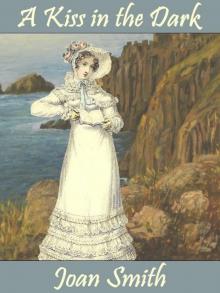 A Kiss in the Dark
A Kiss in the Dark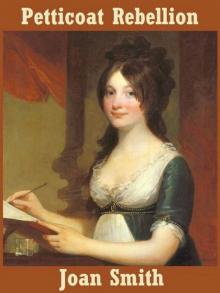 Petticoat Rebellion
Petticoat Rebellion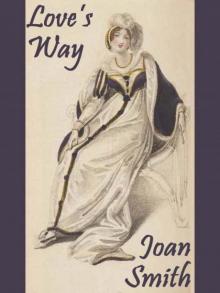 Love's Way
Love's Way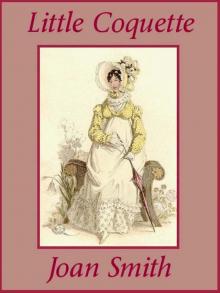 Little Coquette
Little Coquette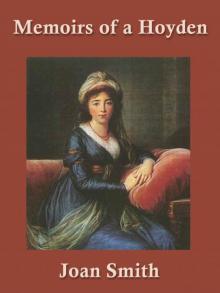 Memoirs of a Hoyden
Memoirs of a Hoyden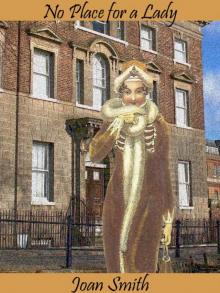 No Place for a Lady
No Place for a Lady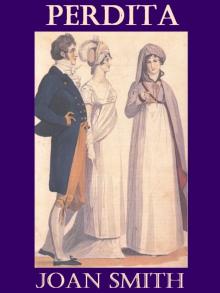 Perdita
Perdita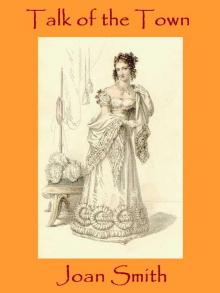 Talk of the Town
Talk of the Town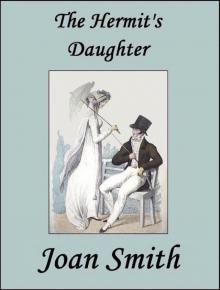 The Hermit's Daughter
The Hermit's Daughter Moon Love
Moon Love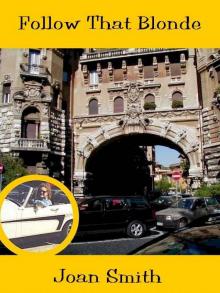 Follow That Blonde
Follow That Blonde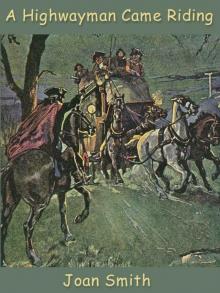 A Highwayman Came Riding
A Highwayman Came Riding The Great Christmas Ball
The Great Christmas Ball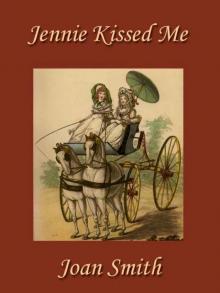 Jennie Kissed Me
Jennie Kissed Me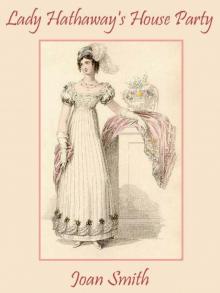 Lady Hathaway's House Party
Lady Hathaway's House Party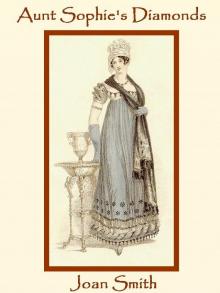 Aunt Sophie's Diamonds
Aunt Sophie's Diamonds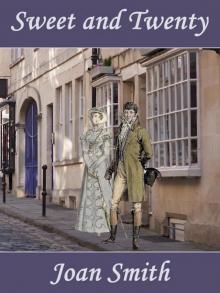 Sweet and Twenty
Sweet and Twenty Clouds of Deceit
Clouds of Deceit What Men Say
What Men Say The Devious Duchess
The Devious Duchess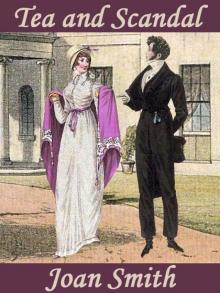 Tea and Scandal
Tea and Scandal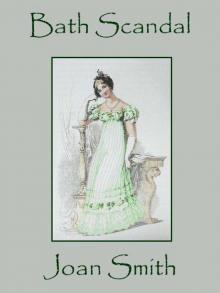 Bath Scandal
Bath Scandal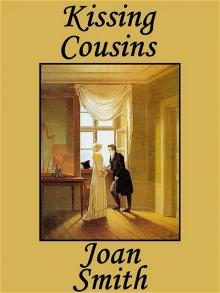 Kissing Cousins
Kissing Cousins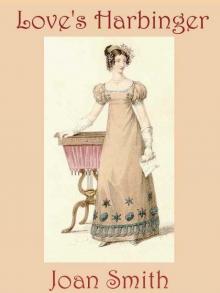 Love's Harbinger
Love's Harbinger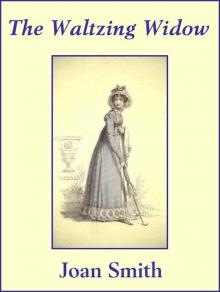 The Waltzing Widow/Smith
The Waltzing Widow/Smith The Polka Dot Nude
The Polka Dot Nude Thick As Thieves
Thick As Thieves Murder on Ironmonger Lane
Murder on Ironmonger Lane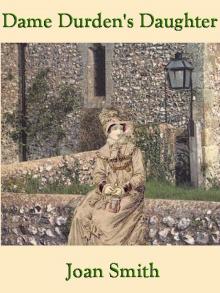 Dame Durden's Daughter
Dame Durden's Daughter Endure My Heart
Endure My Heart The Savage Lord Griffin
The Savage Lord Griffin Murder's Sad Tale
Murder's Sad Tale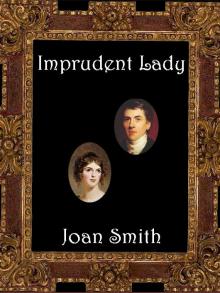 Imprudent Lady
Imprudent Lady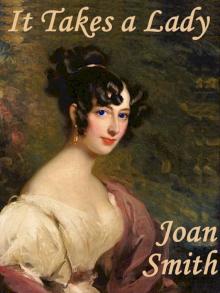 It Takes a Lady
It Takes a Lady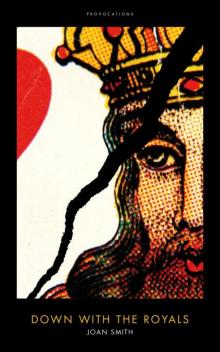 Down With the Royals
Down With the Royals Aurora
Aurora A Brush with Death
A Brush with Death The Black Diamond
The Black Diamond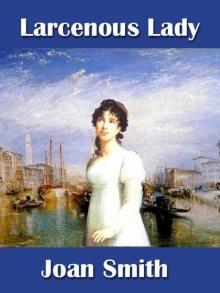 Larcenous Lady
Larcenous Lady To Mourn a Murder
To Mourn a Murder Francesca
Francesca Murder and Misdeeds
Murder and Misdeeds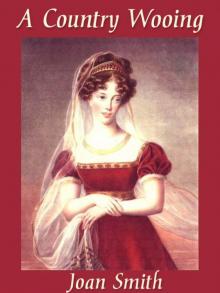 A Country Wooing
A Country Wooing Murder Is Come Again
Murder Is Come Again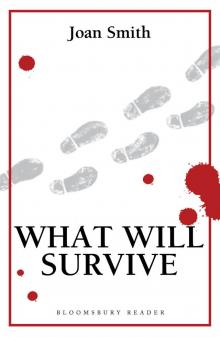 What Will Survive
What Will Survive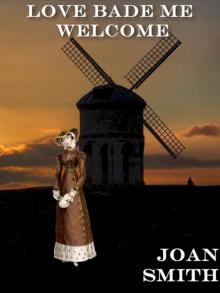 Love Bade Me Welcome
Love Bade Me Welcome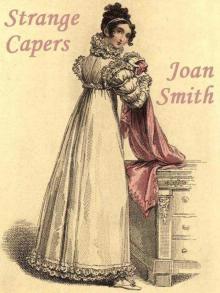 Strange Capers
Strange Capers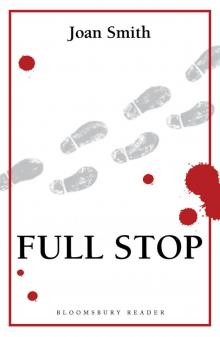 Full Stop
Full Stop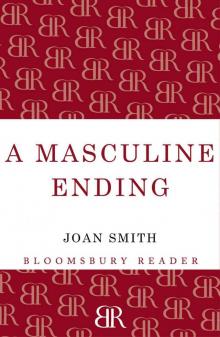 Loretta Lawson 01 - A Masculine Ending
Loretta Lawson 01 - A Masculine Ending Murder While I Smile
Murder While I Smile Winter Wedding
Winter Wedding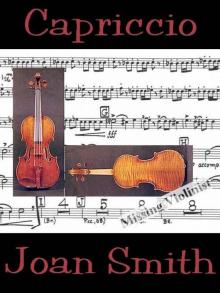 Capriccio
Capriccio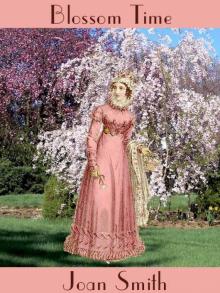 Blossom Time
Blossom Time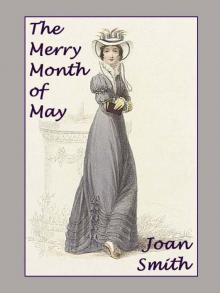 The Merry Month of May
The Merry Month of May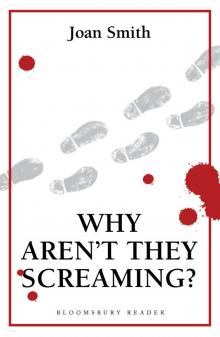 Why Aren't They Screaming?
Why Aren't They Screaming?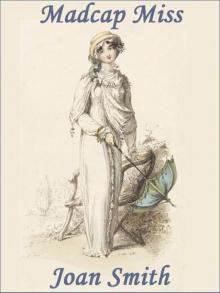 Madcap Miss
Madcap Miss Delsie
Delsie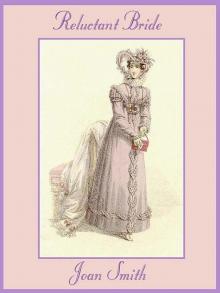 Reluctant Bride
Reluctant Bride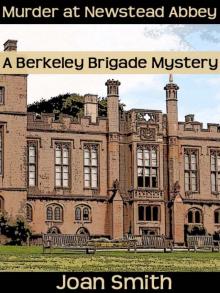 Murder at Newstead Abbey
Murder at Newstead Abbey A Tall Dark Stranger
A Tall Dark Stranger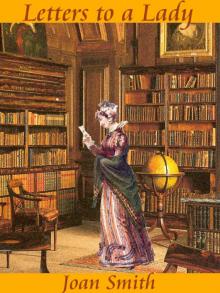 Letters to a Lady
Letters to a Lady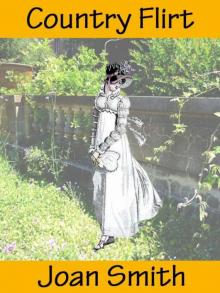 Country Flirt
Country Flirt Let's Talk of Murder
Let's Talk of Murder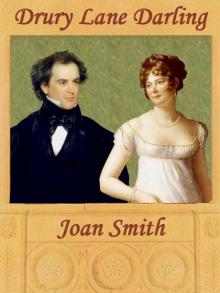 Drury Lane Darling
Drury Lane Darling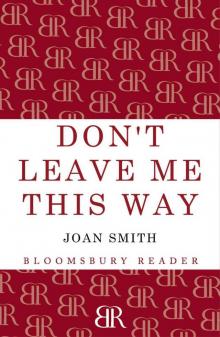 Loretta Lawson 03 - Don't Leave Me This Way
Loretta Lawson 03 - Don't Leave Me This Way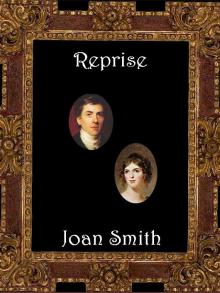 Reprise
Reprise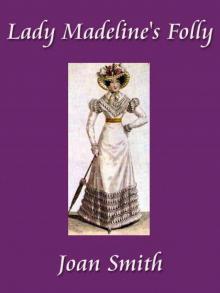 Lady Madeline's Folly
Lady Madeline's Folly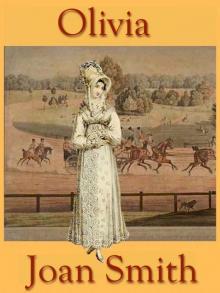 Olivia
Olivia Midnight Masquerade
Midnight Masquerade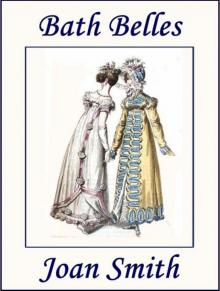 Bath Belles
Bath Belles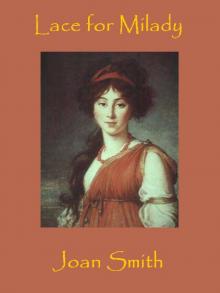 Lace for Milady
Lace for Milady Silken Secrets
Silken Secrets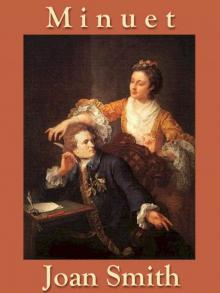 Minuet
Minuet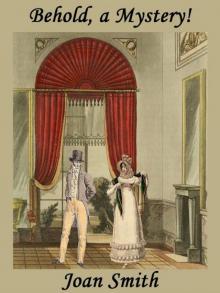 Behold, a Mystery!
Behold, a Mystery! Babe
Babe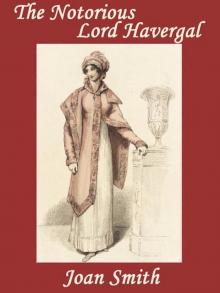 The Notorious Lord Havergal
The Notorious Lord Havergal Romantic Rebel
Romantic Rebel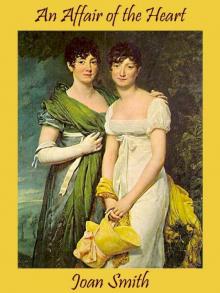 An Affair of the Heart
An Affair of the Heart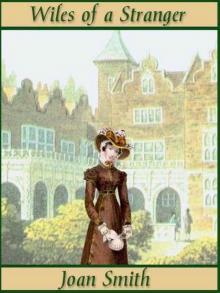 Wiles of a Stranger
Wiles of a Stranger The Royal Scamp
The Royal Scamp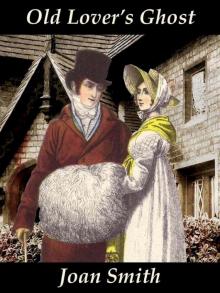 Old Lover's Ghost
Old Lover's Ghost The Virgin and the Unicorn
The Virgin and the Unicorn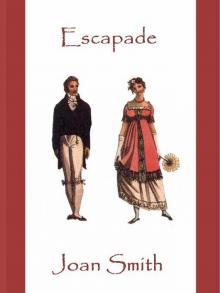 Escapade
Escapade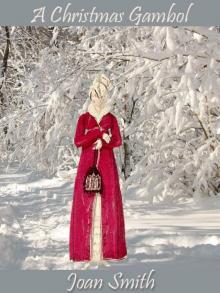 A Christmas Gambol
A Christmas Gambol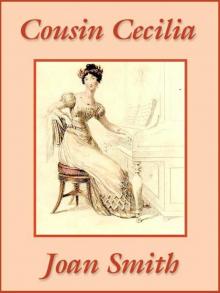 Cousin Cecilia
Cousin Cecilia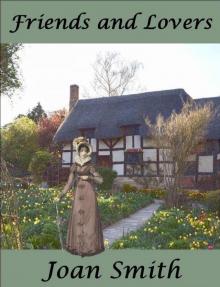 Friends and Lovers
Friends and Lovers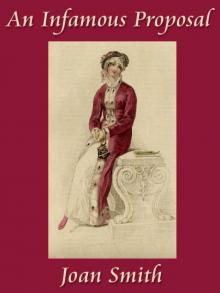 An Infamous Proposal
An Infamous Proposal Regency Masquerade
Regency Masquerade Shadow of Murder
Shadow of Murder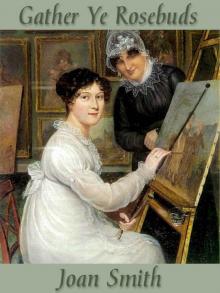 Gather Ye Rosebuds
Gather Ye Rosebuds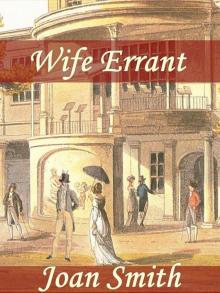 Wife Errant
Wife Errant![[Berkeley Brigade 10] - Shadow of Murder Read online](http://i1.bookreadfree.com/i2/04/11/berkeley_brigade_10_-_shadow_of_murder_preview.jpg) [Berkeley Brigade 10] - Shadow of Murder
[Berkeley Brigade 10] - Shadow of Murder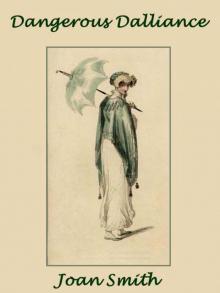 Dangerous Dalliance
Dangerous Dalliance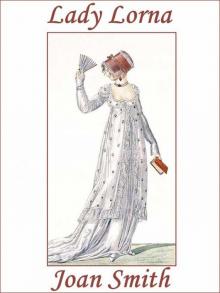 Lady Lorna
Lady Lorna Murder on Charing Cross Road
Murder on Charing Cross Road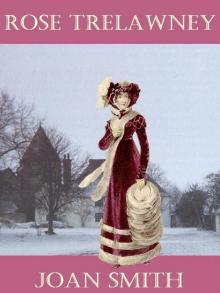 Rose Trelawney
Rose Trelawney Prelude to Love
Prelude to Love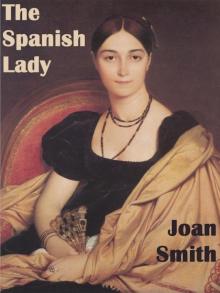 The Spanish Lady
The Spanish Lady Damsel in Distress
Damsel in Distress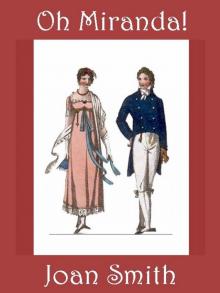 Oh Miranda!
Oh Miranda! The Blue Diamond
The Blue Diamond